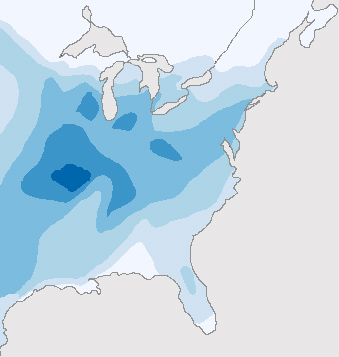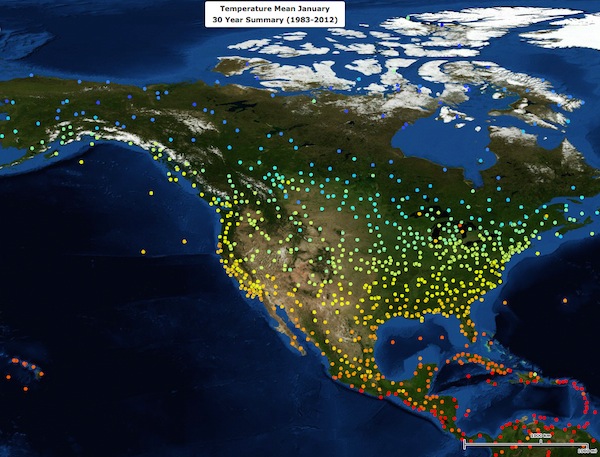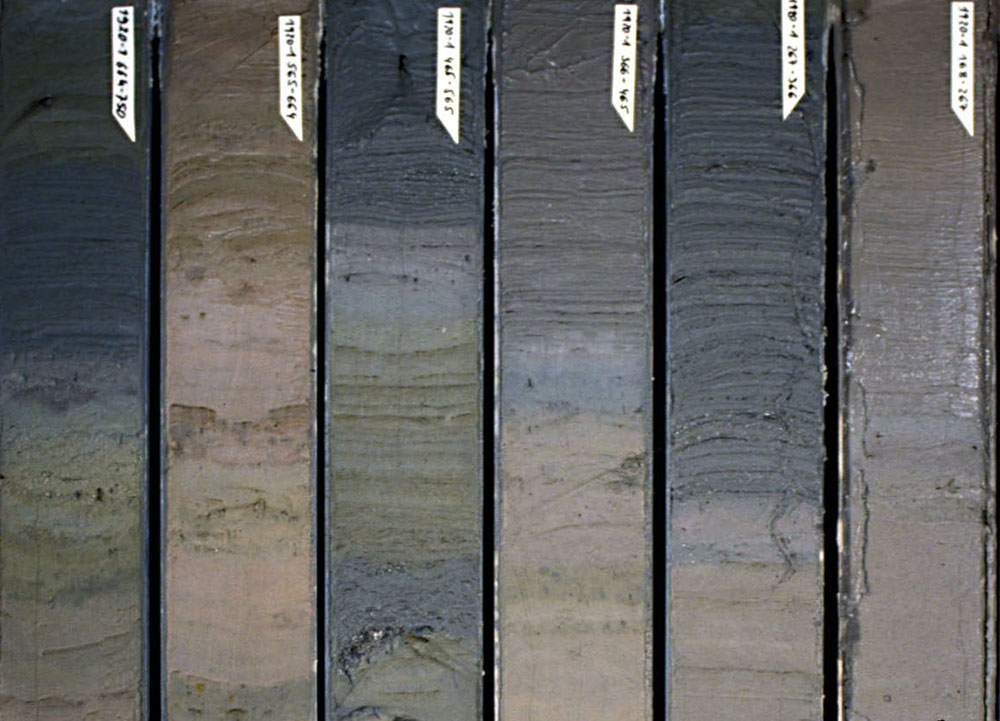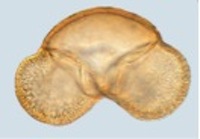Thought question
Even in today’s highly instrumented world, thermometers aren't everywhere. How many thermometers do you think we need to accurately assess Earth’s average temperature? Where are most thermometers? Might their locations bias our measurements?



































